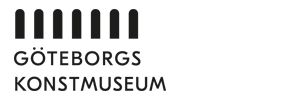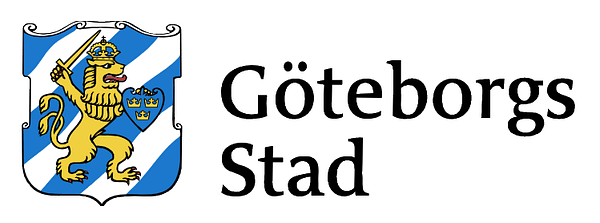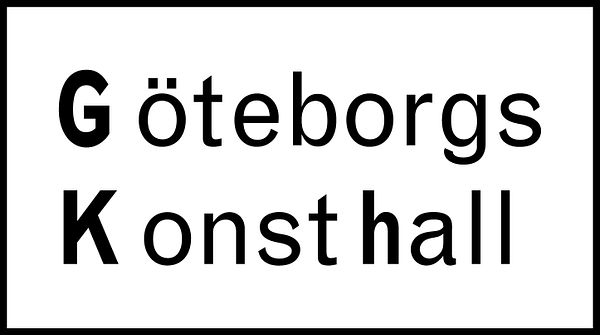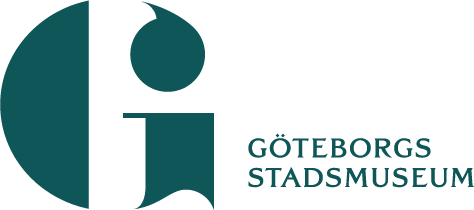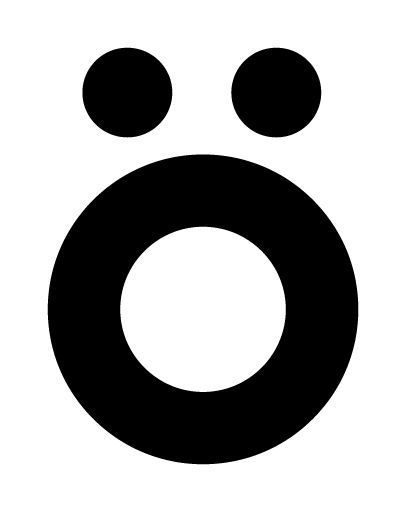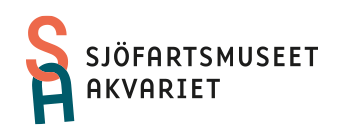
Pressmeddelande -
Faith in the future and impending doom in interwar paintings
For the first time in Sweden, the Gothenburg Museum of Art presents a big international exhibition of New Objectivity paintings from the interwar period. The exhibition Focus on Europe: New Objectivities 1919–1939 has been realized through a donation from the Sten A Olsson Foundation for Research and Culture on the occasion of Gothenburg’s quatercentenary.
Realistic nudes and portraits, suggestive cityscapes and razor-sharp interiors. Painting in the style of New Objectivity, from the interwar period, expresses the era’s contradictory moods, its faith in the future, its decadence and sense of impending doom.
During the 1920s, a style of painting that broke with modernism’s development towards abstraction came to the fore in Europe. Instead, it reconnected to a realist idiom harking back to the Renaissance. In this style, called New Objectivity, artists depicted the world around them, the big city with its modern architecture, modes of transport and funfairs, but also inanimate objects and people.
Ambivalence and anxiety over new technologies
The art movement known in Germany as Neue Sachlichkeit, or New Objectivity in English, was popular during the 1920s and 1930s. After its breakthrough in Germany in 1925, the style came in vogue during the 1920s, and its popularity continued during the 1930s.
– The images convey fascination as well ambivalence and anxiety over new technologies, and social and political change. In this way there are many parallels with the present age, says Johan Sjöström, one of the curators behind the exhibition.
Stylistically, New Objectivity is often characterized by a traditional realism with added elements of distortion that sometimes tip over into caricature and satire. Details are often sharp in all parts of the image. At times the impression is naïve, as if the artist, in his concern for all the particulars, had lost sight of the whole. The images can strike us as distanced, cold and jarring. In retrospect, it is easy to see the paintings as full of foreboding about the catastrophe that loomed ahead.
– Surprisingly, painting in the style of New Objectivity is quite infrequently exhibited in Sweden, whereas it has been thoroughly explored in exhibitions and research studies in Germany, the Netherlands and Great Britain. Therefore, it is high time to present the style for a new generation in Sweden, from a new perspective, says Kristoffer Arvidsson, head of research and co curator.
Similarities and national characteristics
For the first time, Swedish New Objectivity is displayed in an international context in which both similarities and national characteristics become apparent. With a comprehensive selection of paintings and works on paper, the exhibition evokes the dynamic cultural climate of a dramatic epoch, between two world wars. The artworks in the exhibition are marked by a direct and human mode of expression, but they also testify to and seismographically register the movements of the time.
The exhibition features significant artworks by internationally renowned artists such as Meredith Frampton, Pyke Koch and Christian Schad, as well as Swedish artists such as Stina Forssell, Arvid Fougstedt and Otte Sköld. It is accompanied by a richly illustrated catalogue with newly written essays that analyse the style’s various subdivisions and provide political and historical context.
Facts: Open with restrictions
The museum is open to public with restrictions due to the authorities recommendations.
We limit the number of simultaneous visitors to the museum and the museum has decided to switch to digital programme activities. Our guided tours are cancelled until further notice.
Information about restrictions, opening hours and current exhibitions is continuously updated on our website: Göteborgs konstmuseum.
Focus on Europe: New Objectivities 1919–1939
12.6–19.9 2021
The anniversary exhibition Focus Europe: New Objectivities 1919–1939 has been realized through a donation from the Stena Foundation. During its run, the neighbouring institution Hasselblad Center shows the exhibition The New Eye: Interwar Lens Cultures 1919–1939.
Relaterade länkar
Ämnen
Kategorier
Regioner
Göteborgs konstmuseum har en av norra Europas främsta konstsamlingar. Denna sträcker sig från 1400-talet fram till idag med betydande verk inom både nordisk och internationell konst. Förutom samlingen erbjuder museet utställningar, familjeaktiviteter, föreläsningar, workshops och visningar. Museet har en välsorterad museibutik. Samlingen omfattar omkring 70 000 verk och museet har ca 250 000 besökare årligen. Göteborgs konstmuseum är en del av Göteborgs Stads kulturförvaltning. Samfinansierat av Västra Götalandsregionen.
